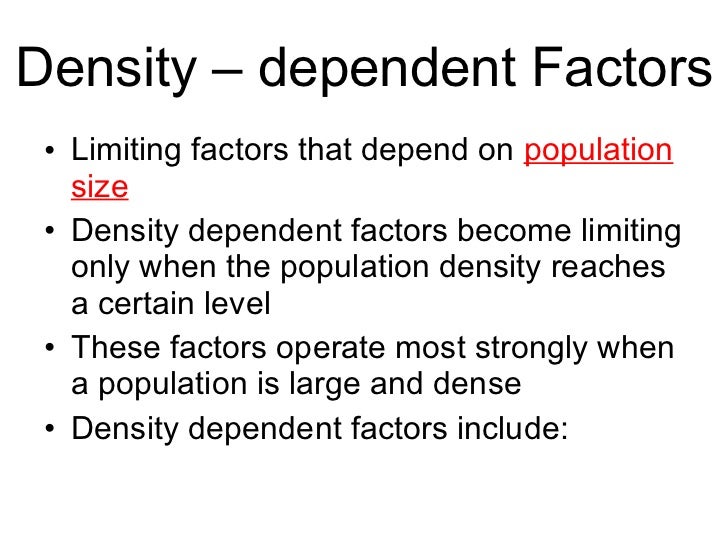

Density-independent larval demography is almost certainly true, especially given the stochastic nature of oceanic conditions and the low density of reef fish larvae in the pelagic environment ( Leis, 1991). After the first few weeks or months on the reef, a process of demographic stabilization is often assumed to occur. In contrast to early postsettlement mortality, larval demography is seen as highly variable, but generally density independent. He highlights the fact that population size can be determined by recruitment fluctuations, but that the magnitude of consequent population fluctuations can be dampened by density dependence without losing the recruitment signal. Armsworth (2002) illustrates the same point using a mathematical model. He argues that density dependence is certainly evident, but that recruitment rates are often low enough that density-dependent effects are minimal. In contrast, Doherty (2002) adopts a more continuous approach and examines the strength of density dependence. They find that density dependence is more often the case than not. Hixon and Webster (2002) approached this issue from a generally binary perspective: Mortality is defined as either density dependent or density independent. Typically, the focus is on early postsettlement life stages. The extent to which coral reef fish populations are regulated by density-dependent mechanisms has been a topical issue. At the very least, modeling reproductive output of each local population requires understanding the extent to which maturity, fecundity, growth, mortality, and movement vary as a function of density, and therefore need to be adjusted through time. Or, the addition of recruits from other sources might increase local density to a level where density-dependent demographic changes take effect. If so, a local population might receive, and therefore appear to be reliant upon, a significant supply of new recruits from other local populations, yet would fare just as well in their absence. External sources of replenishment may be unimportant if local production of offspring is sufficient to saturate local carrying capacity. Density Dependenceĭensity dependence is important in the metapopulation context for several reasons. This could have major repercussions on future tropical forest diversity. If climate change is reducing insect populations, then in the tropics, reduced insect populations could reverse negative density dependence in forest species. Insect populations have been found to be declining all around the world, including in the tropics, and climate change is one of the leading candidates for causing or contributing to these insect declines. This negative density dependence in the tropics may have important interactions with climate change.

In this way, it is believed that tropical insects may preclude single species stands in tropical forests and promote the huge biodiversity found there. Adult trees can withstand a moderate amount of insect herbivory, but young trees could be quickly overwhelmed by insect herbivores moving over from trees already established at the site. This means that when one individual of a tropical tree exists at a site, there is a population of insect herbivores ready to attack any other individual of that species that tries to establish at the site. There are millions of species of tropical insects, many of them associated with individual tree or plant species. It is this negative density dependence that keeps many tropical trees and plants rare, with only a few individuals at a given site.Īmong the reasons put forward for tropical negative density dependence is the impact of insect herbivory. But in tropical forests, negative density dependence is extremely important. Positive density dependence is often observed, for instance, within large stands of a single tree species such as lodgepole pine, where a single tree species dominates an entire landscape. Lee Hannah, in Climate Change Biology (Third Edition), 2022 Negative Density Dependenceĭensity dependence can affect population growth either positively or negatively.


 0 kommentar(er)
0 kommentar(er)
